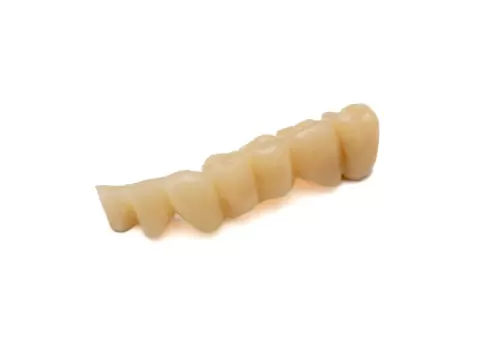Most people experience some form of tooth decay during their lifetime. To prevent tooth decay from spreading and causing additional damage, it is important to promptly remove any decay and restore your teeth. Schedule an appointment today to discuss your treatment plan!
If only teeth could remain in perfect condition forever. Unfortunately, tooth decay, dental injuries and other issues are common. Most people experience some form of tooth decay or dental injury during their lifetime. To prevent decay from spreading and causing additional damage or to correct any other form of dental damage, restoration is necessary. Schedule an appointment today to discuss your treatment plan!

Once we’ve detected tooth decay or a cavity, we must remove the decayed portion of the tooth and rebuild with a filling. To do this, we will numb the tooth with a local anesthetic, remove the decay with a high speed dental drill and layer the filling material into the tooth for a smooth finish. You can choose from a number of materials to fill the tooth including tooth-colored fillings, silver fillings and gold fillings. Kid-friendly fillings are also available in purple and pink colors with sparkles.
Crowns can help restore and strengthen teeth after major decay and fractures weaken them. During this restoration process, we remove the decay from the tooth and make a mold of that tooth. Expert technicians at a dental laboratory will use this mold to create a crown from porcelain or another appropriate material, making certain it matches your other teeth. Once completed, we cement the crown into place. The new crown caps the existing tooth and protects it from further decay.

If one or more of your teeth are missing, a bridge is a great option for restoring your smile. Having a bridge is essentially like having a series of crowns. We will prepare the teeth on either side of the missing tooth (or teeth) for crowns and make an impression. We send this impression to a dental laboratory, where technicians will make the crowns and add the false tooth or series of false teeth in between the two crowns. This forms a bridge. We cement the bridge onto the prepared surface of the teeth, creating a full, strong and natural-looking smile.
If you’d like to talk to us about restorative dentistry or any other dental concerns, call Associates In Dentistry at 309-690-4500.